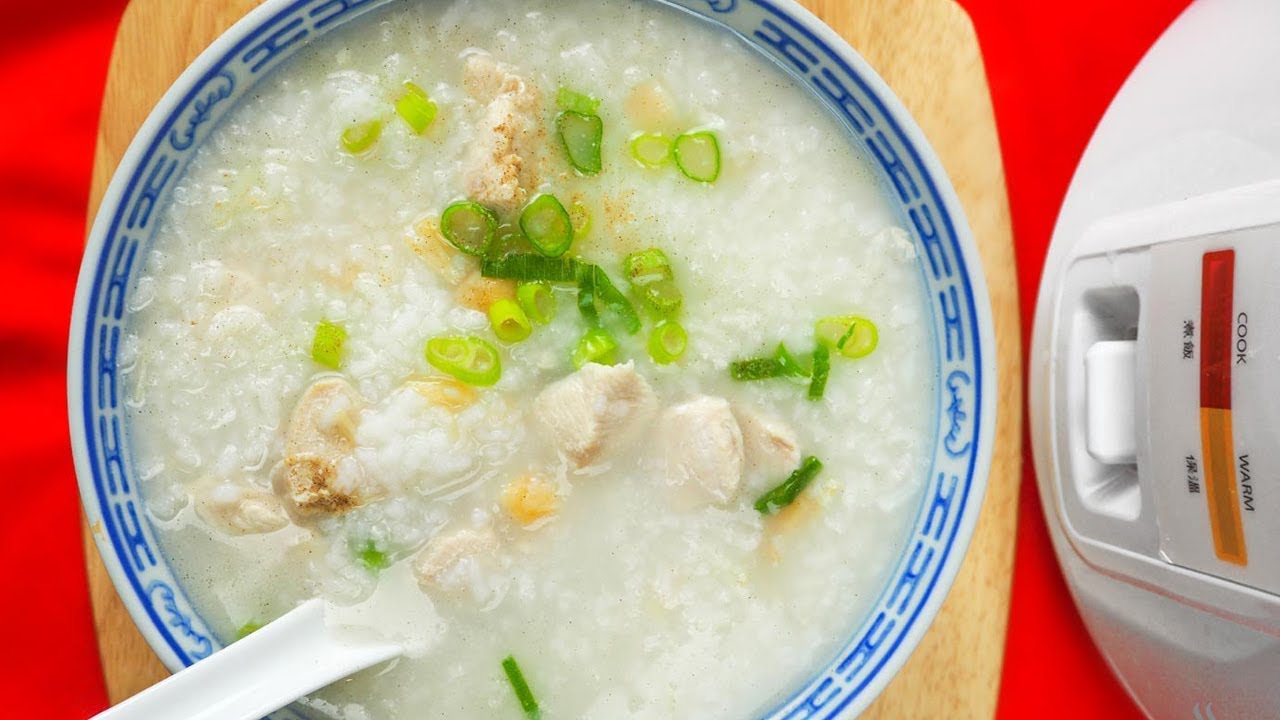

Articles
How To Cook Porridge In A Rice Cooker
Modified: August 25, 2024
Learn how to cook delicious and creamy porridge using a rice cooker with our informative articles. Master the art of making perfect porridge every time!
(Many of the links in this article redirect to a specific reviewed product. Your purchase of these products through affiliate links helps to generate commission for Storables.com, at no extra cost. Learn more)
Introduction
Porridge is a delicious and comforting dish that is enjoyed in many cultures around the world. Traditionally, porridge is cooked on the stovetop using a pot, but did you know that you can also make it in a rice cooker? Cooking porridge in a rice cooker is not only convenient but also yields a rich and creamy texture that is sure to satisfy your taste buds.
In this article, we will explore the benefits of cooking porridge in a rice cooker and guide you through the process step by step. Whether you prefer a classic rice porridge or a flavorful oatmeal variation, your rice cooker can be the secret to a perfectly cooked bowl of goodness.
So, why should you consider using a rice cooker to make porridge? Let’s dive into the benefits.
Key Takeaways:
- Cooking porridge in a rice cooker offers convenience, consistent results, and versatility. Experiment with different rice types and flavor combinations to create a comforting and delicious bowl of goodness every time.
- Achieve the perfect porridge consistency by adjusting the water ratio, stirring occasionally, and customizing toppings. Let your creativity guide you in serving and garnishing your flavorful and satisfying porridge.
Benefits of cooking porridge in a rice cooker
Using a rice cooker to make porridge offers several advantages over traditional stovetop cooking. Here are some of the key benefits:
- Convenience: One of the most significant advantages of using a rice cooker is the convenience it provides. Simply add the ingredients, set the timer, and let the rice cooker do all the work. This hands-off approach frees up your time and allows you to multitask while your porridge cooks to perfection.
- Consistent results: Rice cookers are designed to cook rice evenly and consistently, and the same holds true for porridge. With precise temperature control, you can expect a uniform cook throughout your porridge, ensuring a creamy and well-cooked texture every time.
- Ease of use: Rice cookers are incredibly easy to use, even for those who are not experienced in the kitchen. Most rice cookers come with simple buttons and clear instructions that make it effortless to cook porridge without any guesswork involved.
- Versatility: While rice cookers are primarily known for cooking rice, they also excel at preparing other grains and even oatmeal. This versatility allows you to experiment with different types of porridge, such as quinoa, millet, or even a combination of grains, to create unique and nutritious breakfast dishes.
- Energy efficient: Rice cookers are designed to be energy-efficient, ensuring that you save both time and electricity. Compared to cooking porridge on the stovetop, a rice cooker uses less energy to achieve the same delicious results.
These benefits make a rice cooker an excellent investment for anyone who enjoys regularly making porridge. Now that you know the advantages, let’s move on to selecting the right type of rice for your porridge.
Selecting the right type of rice for porridge
When it comes to making porridge in a rice cooker, choosing the right type of rice is crucial. Different varieties of rice have varying levels of starch and texture, which will affect the final consistency of your porridge. Here are a few popular options to consider:
- Short-grain rice: Short-grain rice is a popular choice for porridge due to its sticky texture and ability to cook up creamy and soft. It absorbs liquid well and creates a thick consistency that is perfect for a comforting bowl of porridge. Japanese sushi rice and Arborio rice are examples of short-grain rice that work well for porridge.
- Medium-grain rice: Medium-grain rice can also be used for making porridge in a rice cooker. It has a slightly less sticky texture compared to short-grain rice but still provides a creamy consistency. Calrose rice and Jasmine rice fall into the medium-grain category and are suitable for porridge.
- Long-grain rice: While long-grain rice is commonly used for cooking fluffy rice, it can also be used for making porridge if you prefer a less sticky and more separate texture. Basmati rice and Carolina rice are examples of long-grain rice that can be used for porridge.
When selecting your rice, consider the texture and consistency you desire in your porridge. If you enjoy a creamy and thick porridge, opt for short-grain rice. If you prefer a lighter and fluffier porridge, go for medium- or long-grain rice. Experimenting with different varieties will allow you to find your perfect bowl of porridge.
Once you have chosen the rice, it’s time to figure out the ratio of rice to water for the ideal porridge consistency. We will discuss this in the next section.
Preparing the rice and water ratio
Getting the rice and water ratio right is essential for achieving the perfect porridge consistency. The amount of water you add will depend on the type of rice you are using and your desired porridge thickness. Here’s a general guideline to help you determine the rice and water ratio:
- Thick porridge: For a thick and creamy porridge, add a 1:5 ratio of rice to water. This means for every cup of rice, add 5 cups of water. Adjust the ratio according to your preference, adding more or less water for a thicker or thinner consistency.
- Medium porridge: If you prefer a slightly thinner porridge, use a 1:6 ratio of rice to water. This ratio will give you a medium-thick consistency that still retains some creaminess.
- Thin porridge: For a more soup-like consistency, use a 1:7 or 1:8 ratio of rice to water. This will result in a thinner porridge that is comforting and easy to digest.
It’s important to note that the rice and water ratio may vary slightly depending on the rice cooker model and the type of rice used. You may need to make adjustments and experiment to find the perfect ratio that suits your taste.
Once you have determined the rice and water ratio, it’s time to add some flavor and additional ingredients to enhance the taste of your porridge. We will explore optional ingredients and seasonings in the next section.
Optional ingredients and seasonings for flavor
While plain rice porridge can be delicious on its own, adding some optional ingredients and seasonings can elevate the flavor and make your porridge more exciting. Here are some suggestions to consider:
- Proteins: You can add protein-rich ingredients like cooked chicken, shredded pork, or tofu to make your porridge more satisfying and nourishing. These additions not only add flavor but also make your porridge a complete meal.
- Vegetables: Vegetables are a great way to add freshness and nutritional value to your porridge. Consider adding sliced mushrooms, spinach, corn, or diced carrots. These vegetables will enhance the flavor and provide added texture to your porridge.
- Eggs: Adding eggs to your porridge can create a creamy and rich texture. You can beat an egg and slowly drizzle it into the cooking porridge, stirring continuously, or crack a whole egg into the mixture a few minutes before the porridge is done cooking. The result is a silky and delicious addition to your porridge.
- Herbs and seasonings: Various herbs and seasonings can give your porridge a burst of flavor. Consider adding minced garlic, grated ginger, chopped green onions, or a sprinkle of black pepper. A dash of soy sauce or a drizzle of sesame oil can also add an umami-rich taste.
- Condiments: Condiments like pickles, crispy fried shallots, or chili oil can be served as toppings for a flavor boost. These condiments add a delightful crunch and tang to your porridge.
Feel free to mix and match these optional ingredients and seasonings based on your preferences and dietary requirements. The possibilities are endless, and you can get creative with your flavor combinations!
Now that we have covered the optional ingredients and seasonings, let’s move on to the step-by-step process of cooking porridge in a rice cooker.
Add a pinch of salt to enhance the flavor of the porridge while cooking it in a rice cooker. This will help bring out the natural sweetness of the grains.
Read more: How To Cook Fluffy Rice In A Rice Cooker
Steps to cook porridge in a rice cooker
Now that you have gathered all the necessary ingredients and decided on the flavors you want to incorporate, it’s time to dive into the step-by-step process of cooking porridge in a rice cooker. Follow these simple steps:
- Rinse the rice: Start by rinsing the rice thoroughly under cold water until the water runs clear. This helps remove excess starch and ensures a cleaner taste. Drain the rice well before proceeding to the next step.
- Add rice and water: Transfer the rinsed rice to the rice cooker pot and add the appropriate amount of water according to your desired consistency. Stick to the recommended rice and water ratio discussed earlier for best results.
- Add optional ingredients: If you want to incorporate additional ingredients like proteins, vegetables, or seasonings, add them to the rice cooker pot along with the rice and water. Stir gently to distribute the ingredients evenly.
- Cook the porridge: Close the rice cooker lid and select the appropriate cooking setting. If your rice cooker has a porridge setting, use that. If not, select the regular rice cooking setting. The cooking time will vary depending on your rice cooker, but it typically takes about 20-30 minutes for the porridge to cook to a creamy consistency.
- Stir occasionally: While the porridge is cooking, it’s a good idea to stir it occasionally to prevent the rice from sticking to the bottom of the pot. This will help ensure an even cook and a smooth texture.
- Check for doneness: After the cooking cycle is complete, check the porridge for doneness. The rice grains should be fully cooked and soft, and the porridge should have a creamy texture. If you prefer a thicker consistency, you can continue cooking for a few more minutes or add a splash of hot water if it’s too thick.
- Let it rest: Once the porridge is done, let it rest in the rice cooker for a few minutes to allow the flavors to meld together. This resting period also helps thicken the porridge further.
And there you have it! Your delicious and flavorful porridge is ready to be served. Now, let’s move on to some tips for achieving the perfect porridge consistency.
Tips for achieving the perfect porridge consistency
Cooking porridge in a rice cooker can be easy, but there are a few tips to keep in mind to ensure you achieve the perfect consistency:
- Adjust the water: If you prefer a thicker or thinner porridge, feel free to adjust the ratio of rice to water. Add more water for a thinner consistency or reduce the water for a thicker porridge. Remember to make small adjustments as you can always add more water if needed.
- Stir occasionally: Stirring the porridge occasionally during the cooking process helps distribute the heat evenly and prevents it from sticking to the bottom of the pot. This will result in a smoother and more consistent texture.
- Add water if needed: If you find that your porridge is too thick after it has cooked, you can add a splash of hot water and stir it in. This will help loosen the texture and achieve the desired consistency.
- Let it rest: Allowing the porridge to rest for a few minutes after cooking allows it to thicken further. This resting period allows the rice to absorb the liquid fully and results in a creamier and more flavorful porridge.
- Customize toppings: Customize your porridge with a variety of toppings and garnishes. Whether it’s chopped green onions, crispy fried shallots, fresh herbs, or a drizzle of soy sauce or sesame oil, toppings can take your porridge to the next level in terms of flavor and presentation.
- Experiment with flavors: Don’t be afraid to experiment with different flavors and ingredients. You can try adding spices, like cinnamon or nutmeg, for a warm and aromatic touch, or incorporate different types of broth for a savory twist. Let your creativity guide you!
By keeping these tips in mind, you can achieve the perfect porridge consistency and enjoy a comforting and delicious bowl of goodness every time.
Now that you have cooked your porridge to perfection, it’s time to serve and garnish it with your favorite toppings. Let’s explore some serving and garnishing options in the next section.
Serving and garnishing options
When it comes to serving and garnishing your delicious porridge, the options are endless. Here are some ideas to inspire you:
- Toppings: Sprinkle your porridge with toppings like chopped green onions, toasted sesame seeds, or crispy fried shallots. These add texture, flavor, and visual appeal to your bowl of porridge.
- Egg garnish: For an extra touch of elegance and richness, top your porridge with a soft-boiled or poached egg. The yolk will add a creamy element to the dish, making it even more indulgent.
- Herbs and spices: Fresh herbs like cilantro, parsley, or basil can brighten up the flavors of your porridge. You can also sprinkle some ground black pepper or a dash of your favorite spice blend to add a burst of aroma and taste.
- Protein additions: Enhance the protein content of your porridge by adding cooked and shredded chicken, sliced pork, or diced tofu. These additions will not only provide extra flavor but also make your porridge more filling and satisfying.
- Sauces and condiments: Consider serving your porridge with a side of condiments and sauces, such as soy sauce, sesame oil, chili oil, or sriracha. These added touches of flavor allow each person to customize their bowl according to their preferences.
- Vegetable garnish: Add a pop of color and freshness to your porridge by garnishing it with blanched or steamed vegetables. Sliced green onions, julienned carrots, or sautéed mushrooms work well for this purpose.
- Pickles and kimchi: Pickles and kimchi can provide a tangy and flavorful element to your porridge. The acidity and crunch of these condiments complement the creamy texture of the porridge beautifully.
Remember, the choice of garnishes and toppings is entirely up to you. Let your creativity and taste preferences guide you in selecting the perfect combination to enhance the flavors and presentation of your porridge.
Now that you have explored various serving and garnishing options, it’s time to conclude our article.
Conclusion
Cooking porridge in a rice cooker is a convenient and foolproof way to achieve a comforting and delicious meal. The benefits of using a rice cooker for porridge are numerous—a perfect consistency, consistent results, ease of use, and energy efficiency.
When cooking porridge in a rice cooker, it’s important to select the right type of rice for your desired texture. Short-grain rice will give you a thick and creamy porridge, while medium- or long-grain rice will result in a lighter and fluffier consistency.
Determining the rice and water ratio is crucial for achieving the desired porridge consistency. Adjust the amount of water based on your preference, whether you prefer a thick, medium, or thin porridge.
Adding optional ingredients and seasonings can elevate the flavors of your porridge. Consider including proteins, vegetables, eggs, herbs, and condiments to customize your porridge according to your taste preferences.
Follow the step-by-step process of cooking porridge in a rice cooker, paying attention to stirring occasionally and allowing the porridge to rest after cooking. These steps will help you achieve the perfect consistency and flavor in your porridge.
Finally, when serving your porridge, get creative with garnishes and toppings. Whether it’s chopped green onions, toasted sesame seeds, or a soft-boiled egg, these garnishes add visual appeal and enhance the taste of your porridge.
By following these tips and techniques, you can create a comforting and delicious bowl of porridge every time. So, grab your rice cooker, select your favorite rice, and start experimenting with flavors to create your own unique and satisfying porridge. Enjoy!
Frequently Asked Questions about How To Cook Porridge In A Rice Cooker
Was this page helpful?
At Storables.com, we guarantee accurate and reliable information. Our content, validated by Expert Board Contributors, is crafted following stringent Editorial Policies. We're committed to providing you with well-researched, expert-backed insights for all your informational needs.
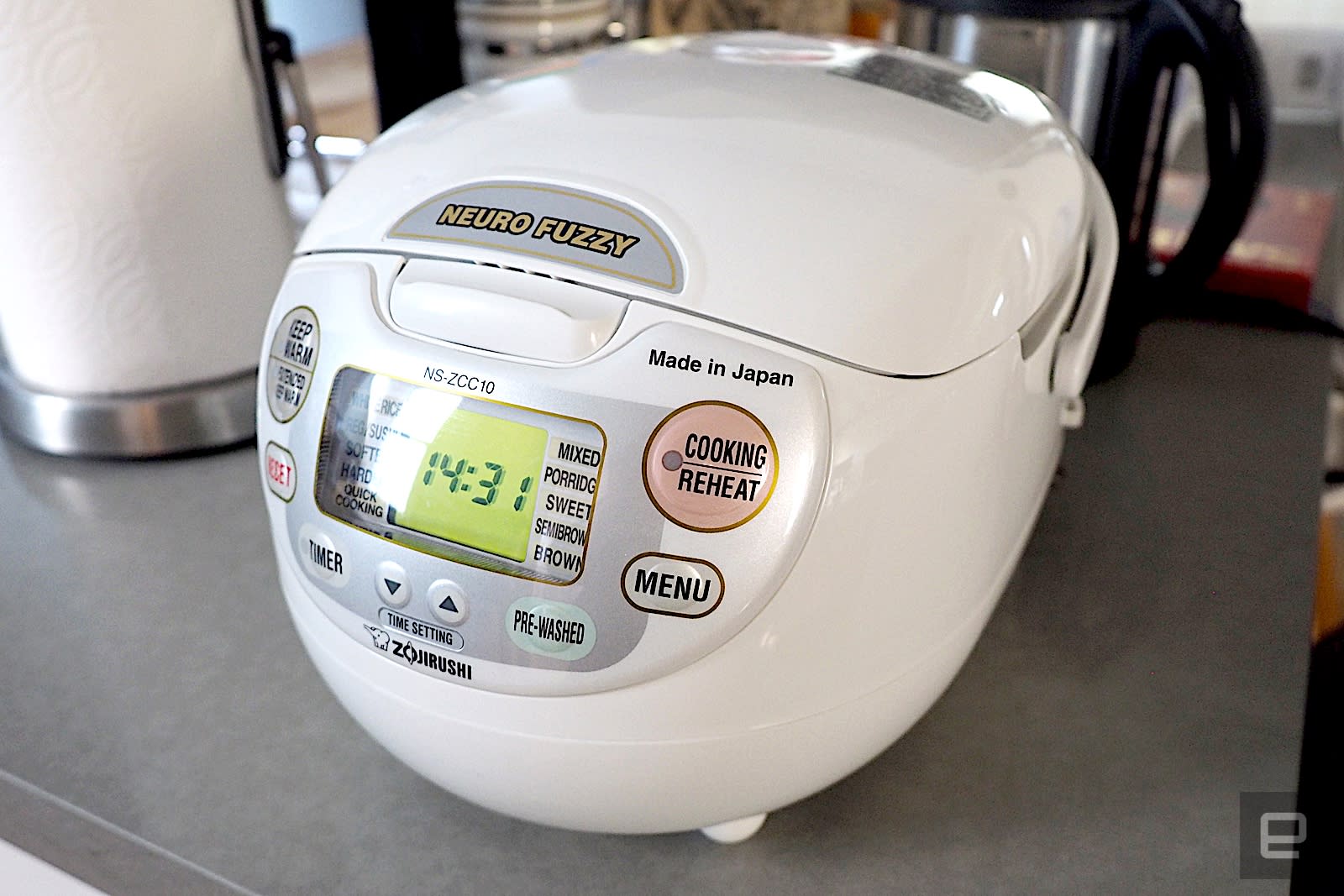
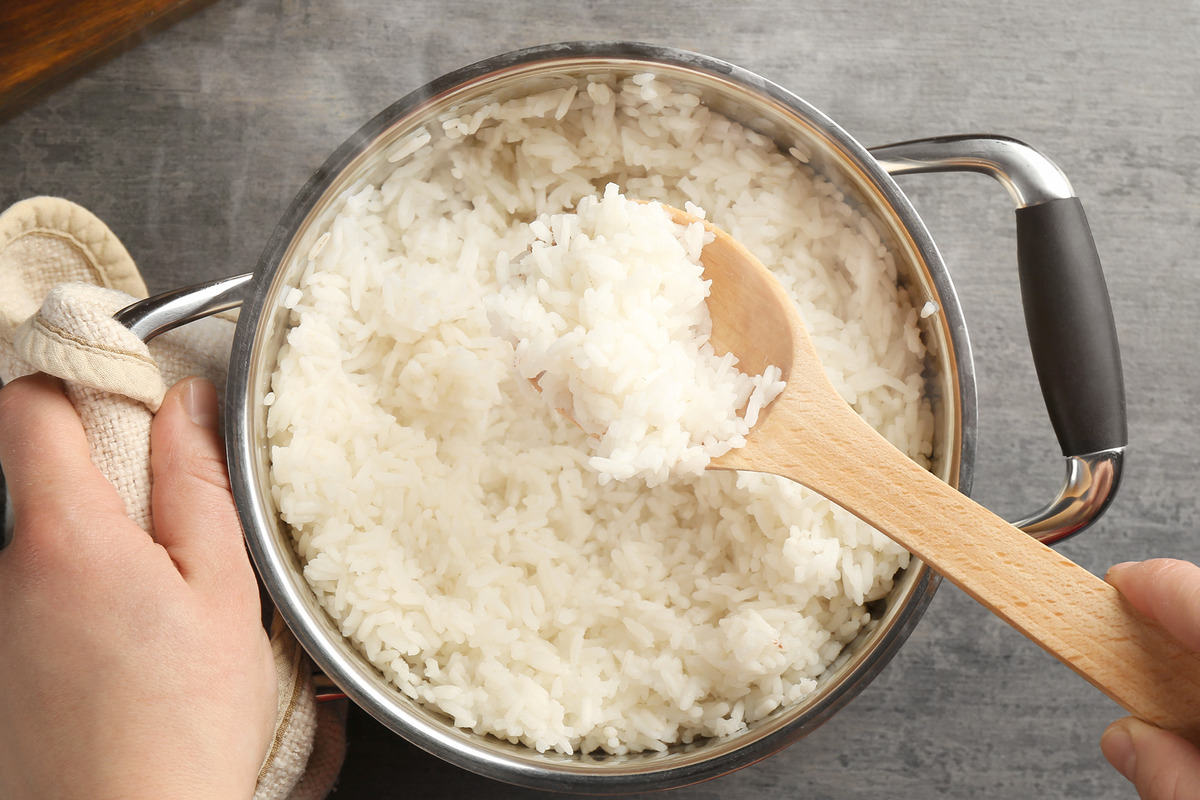
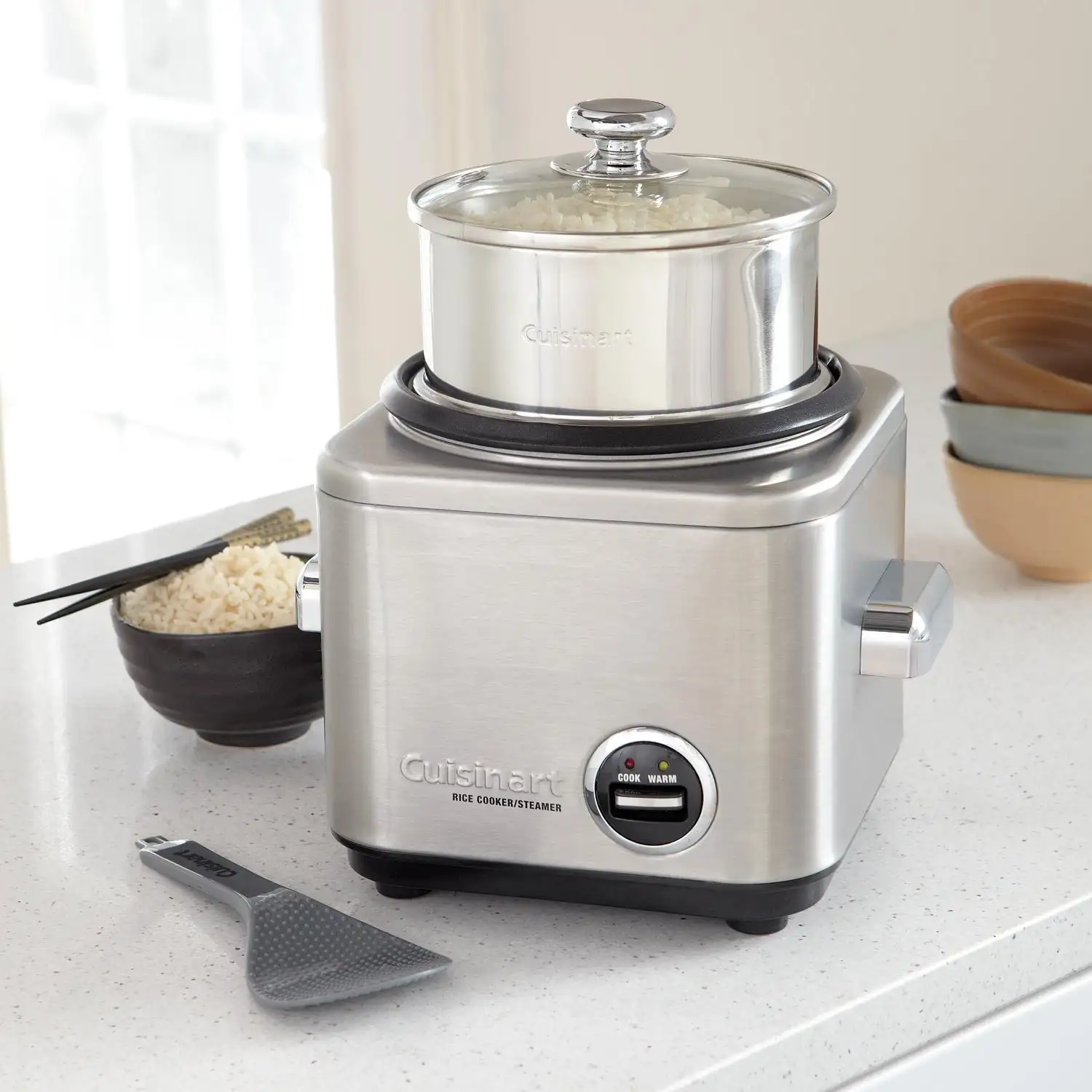

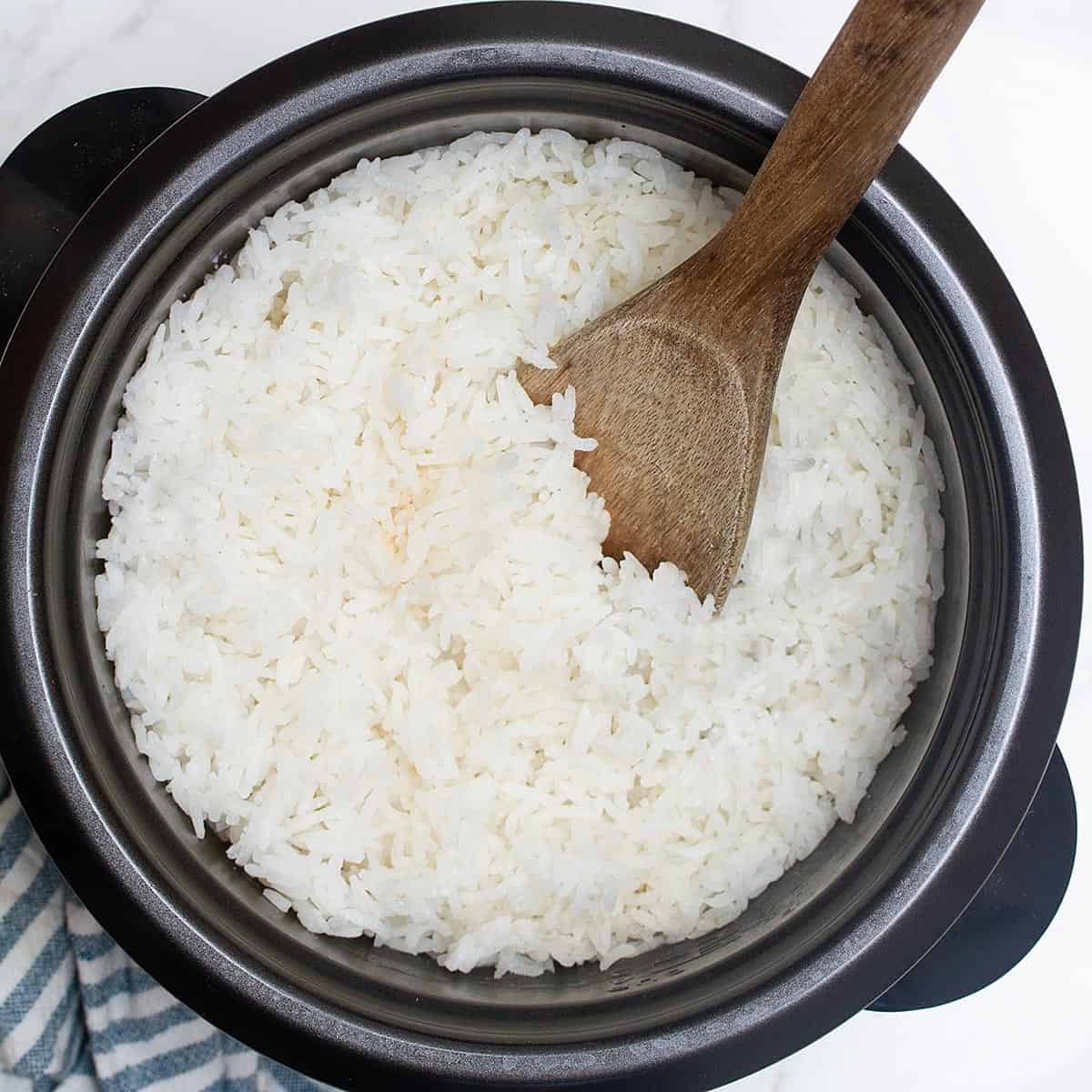
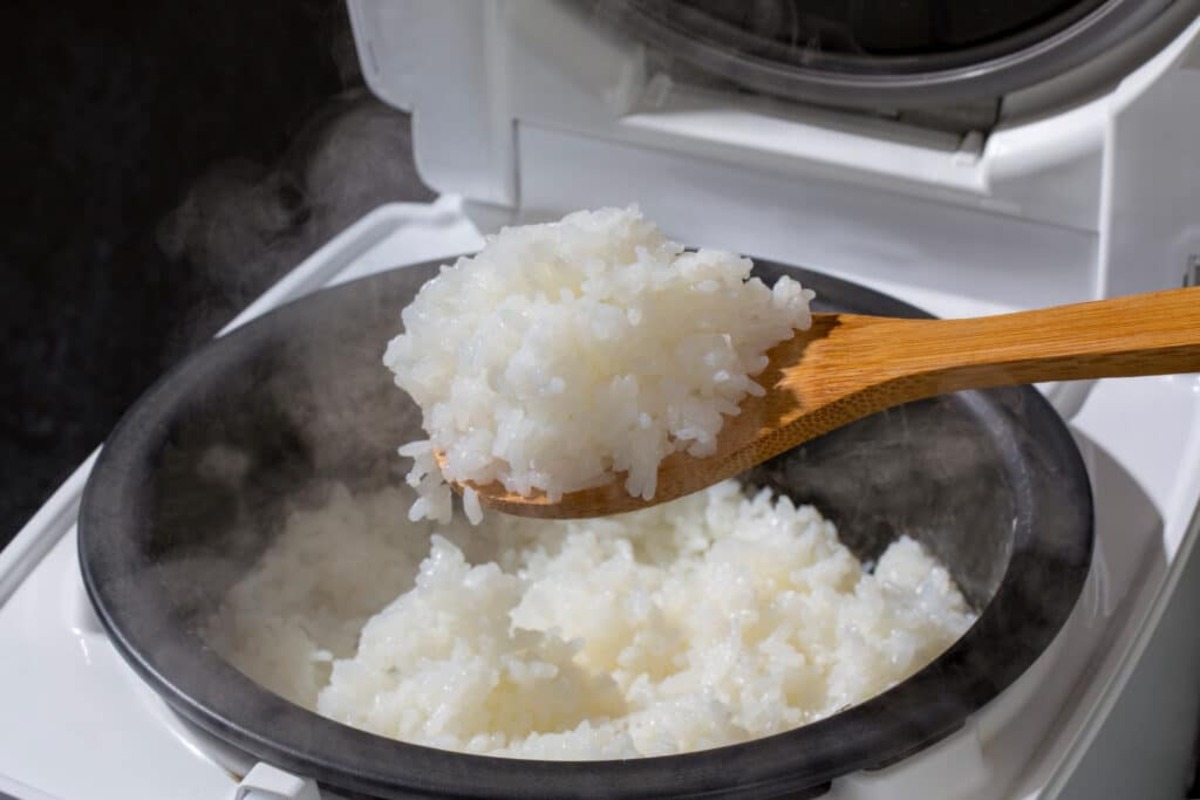
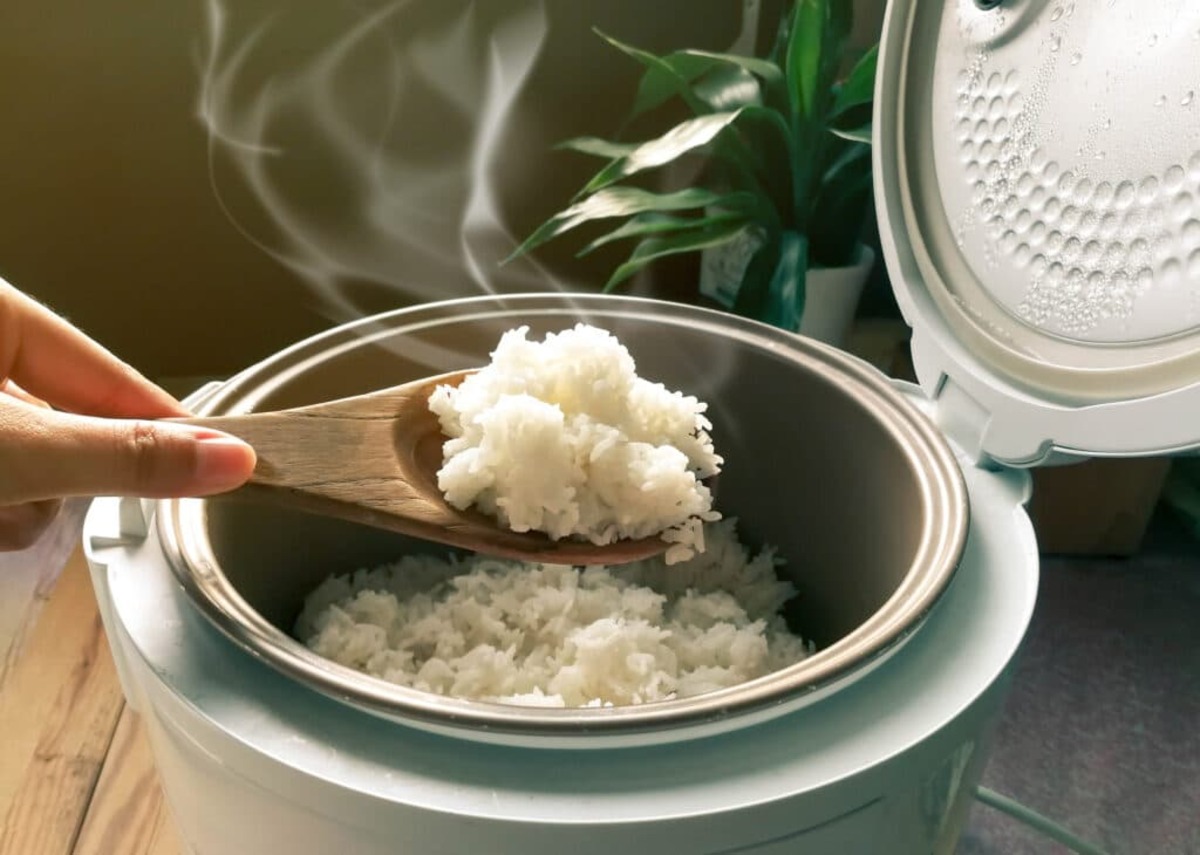
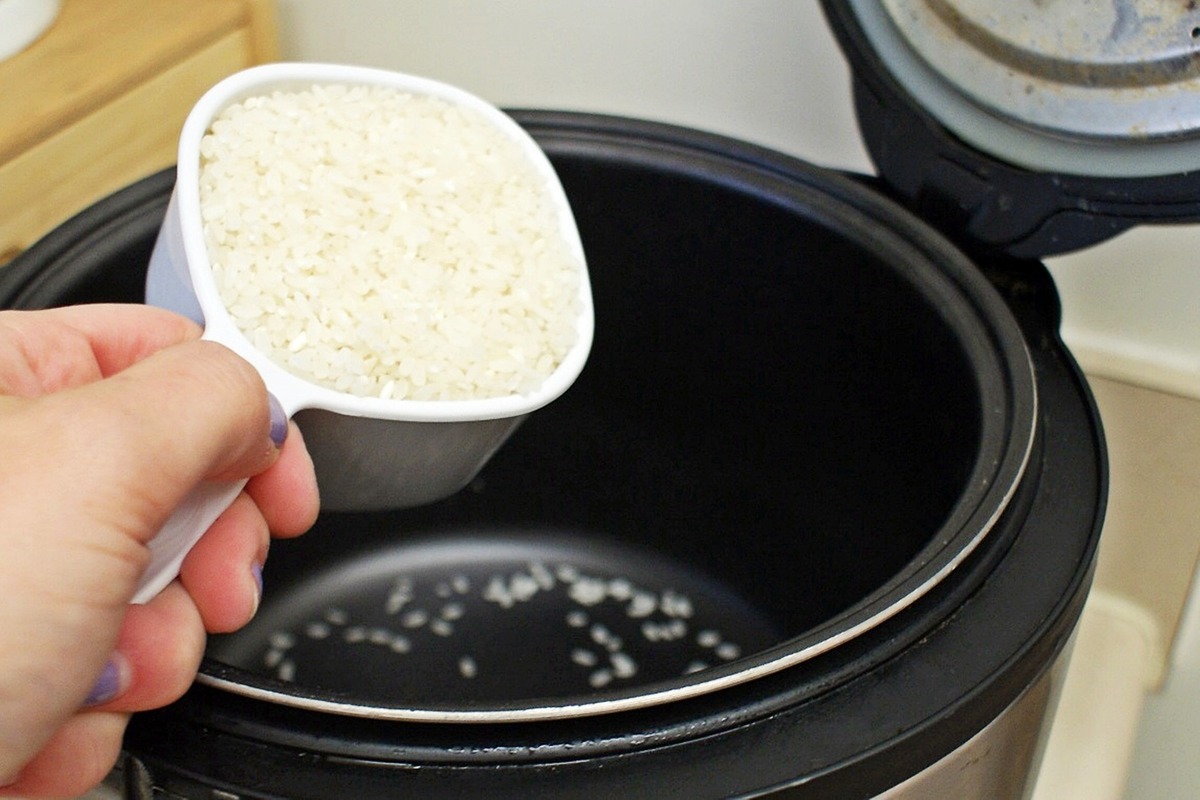
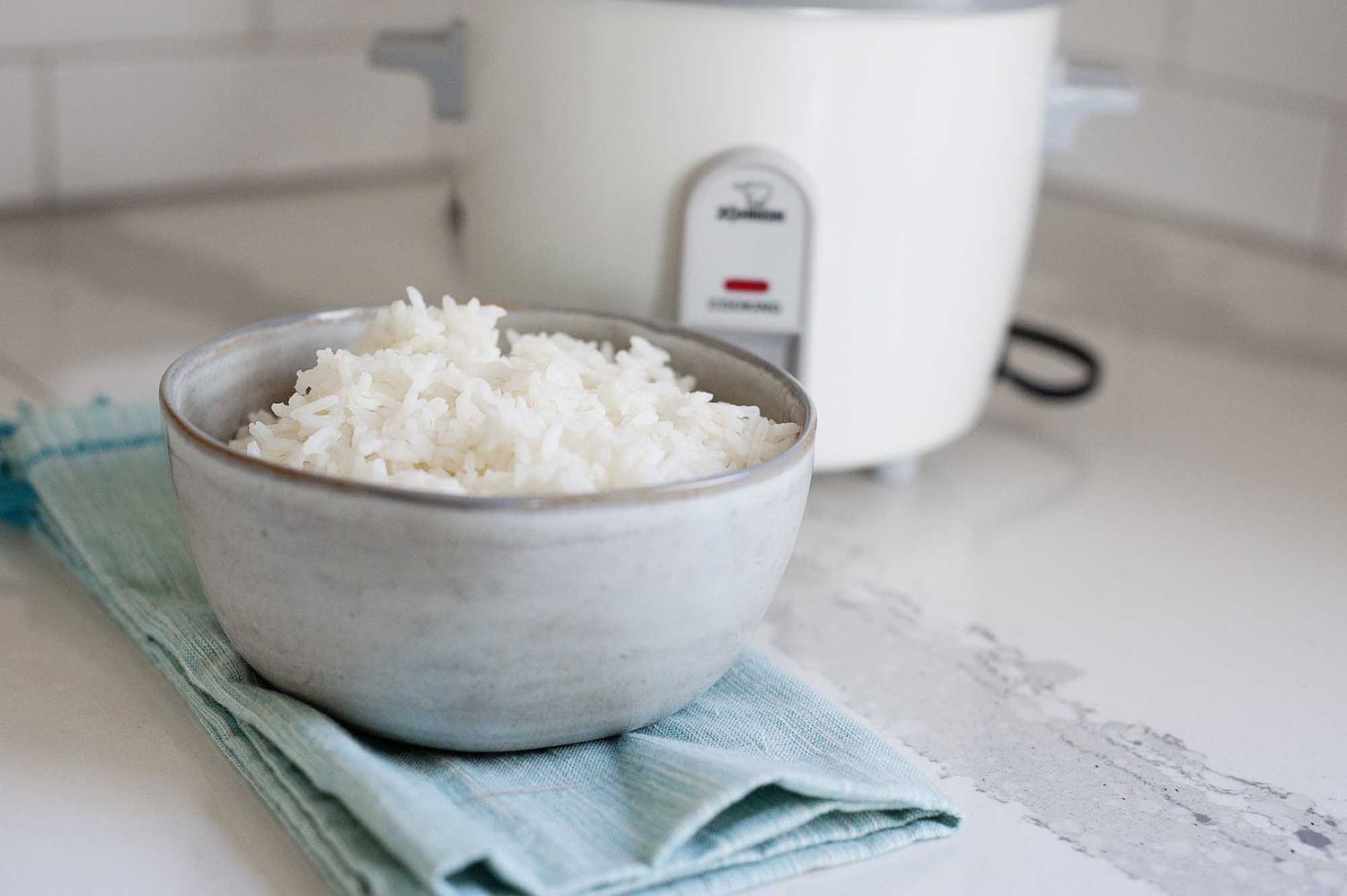
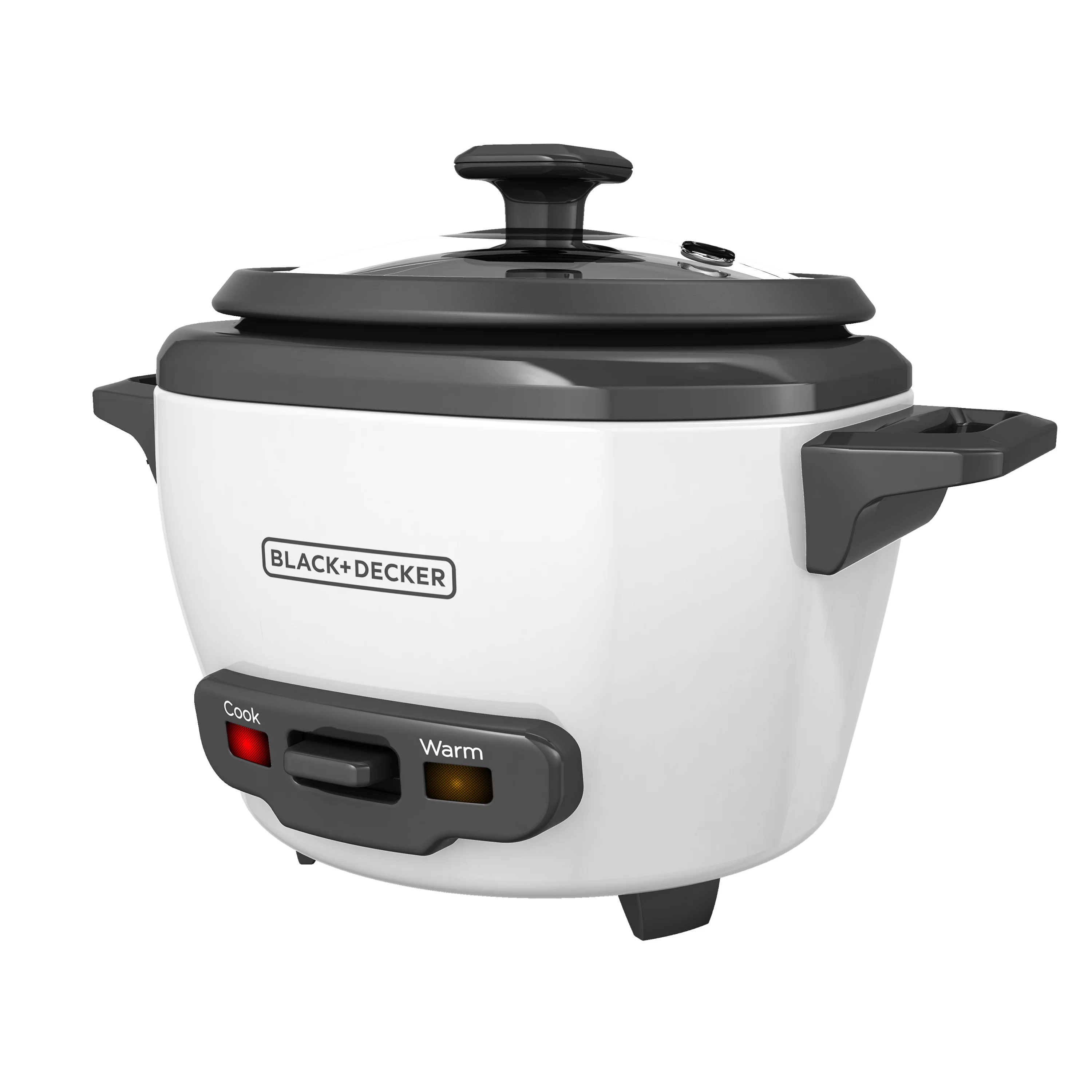
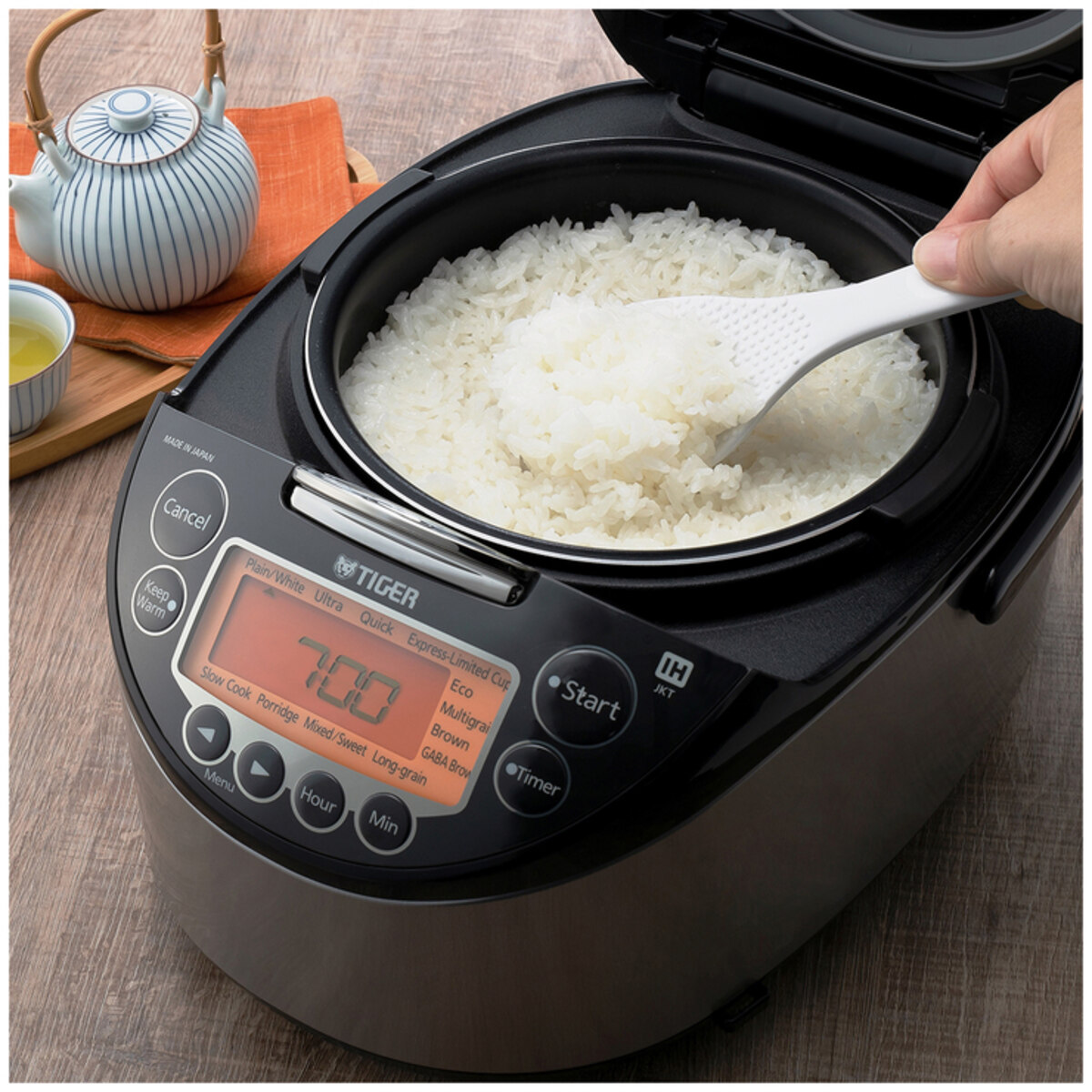
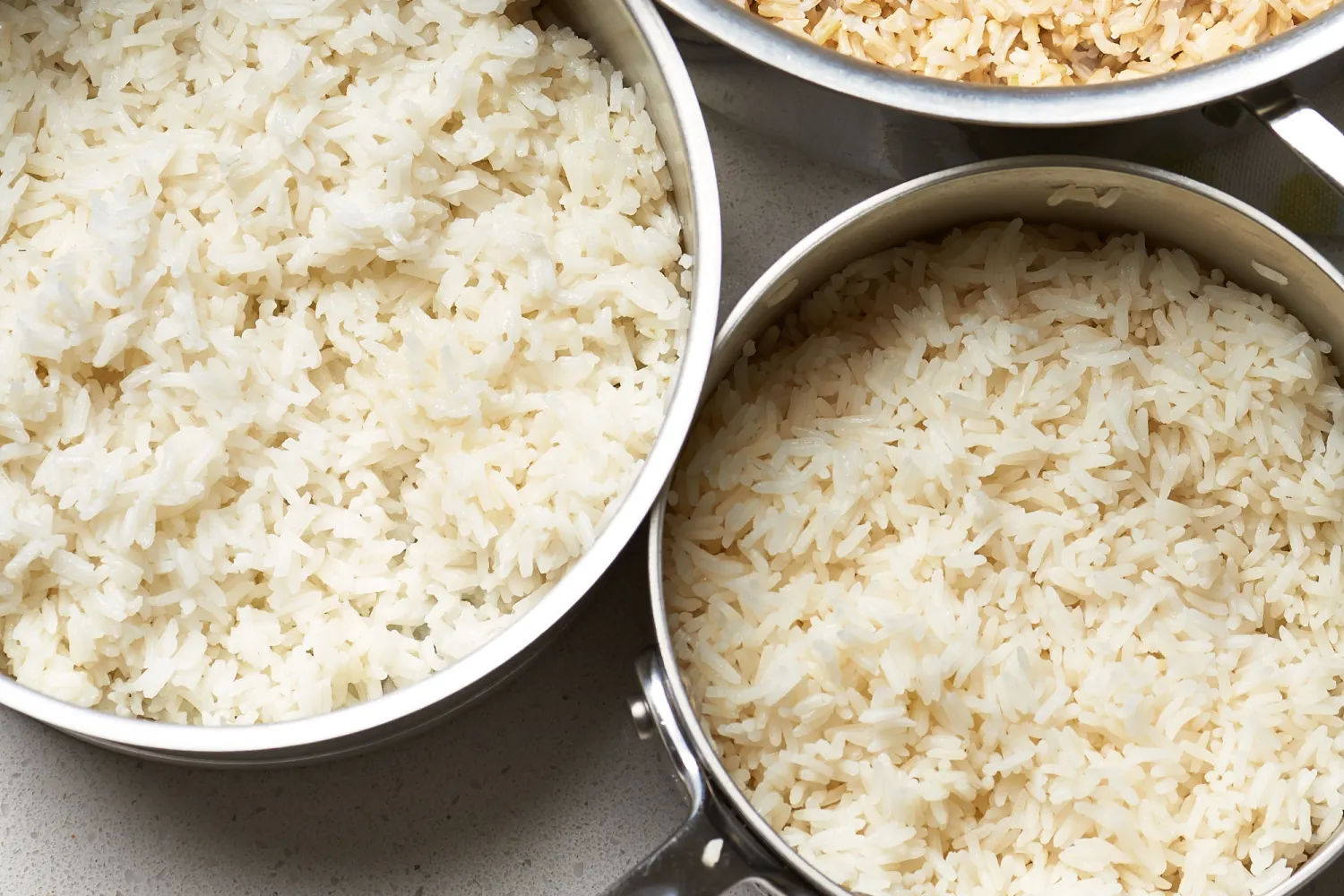
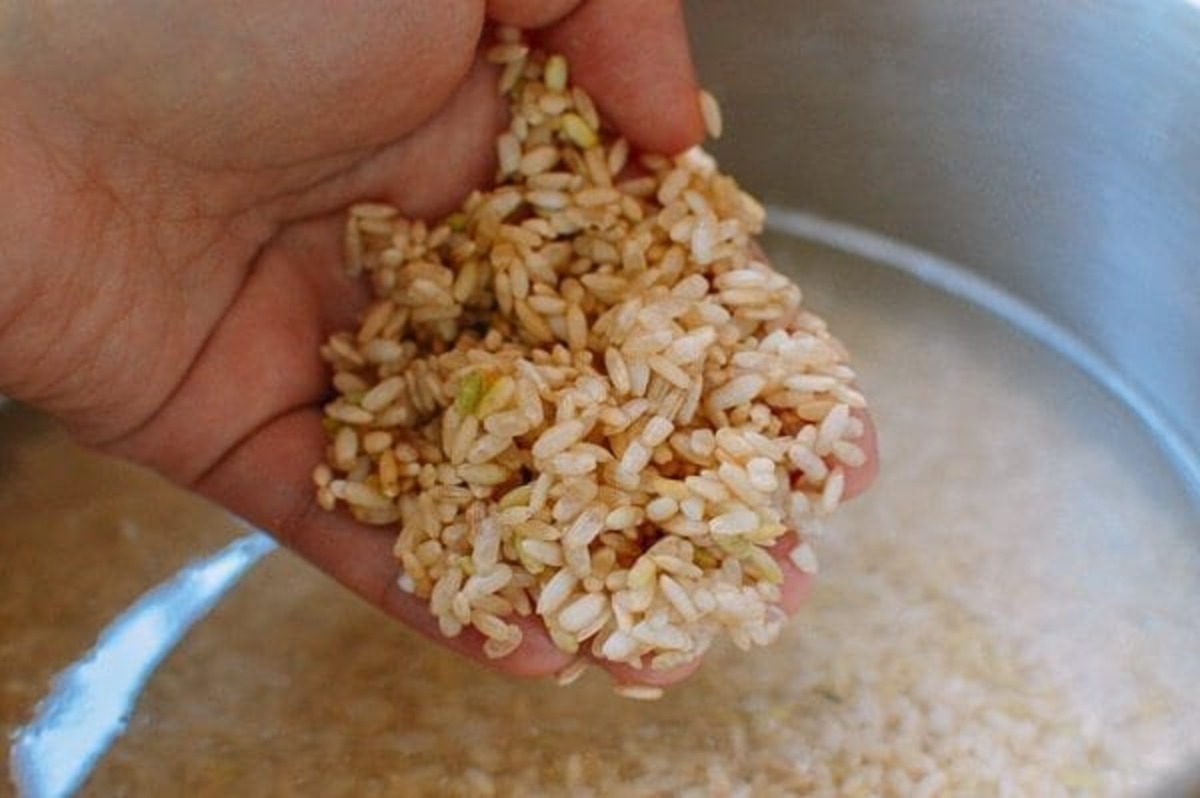
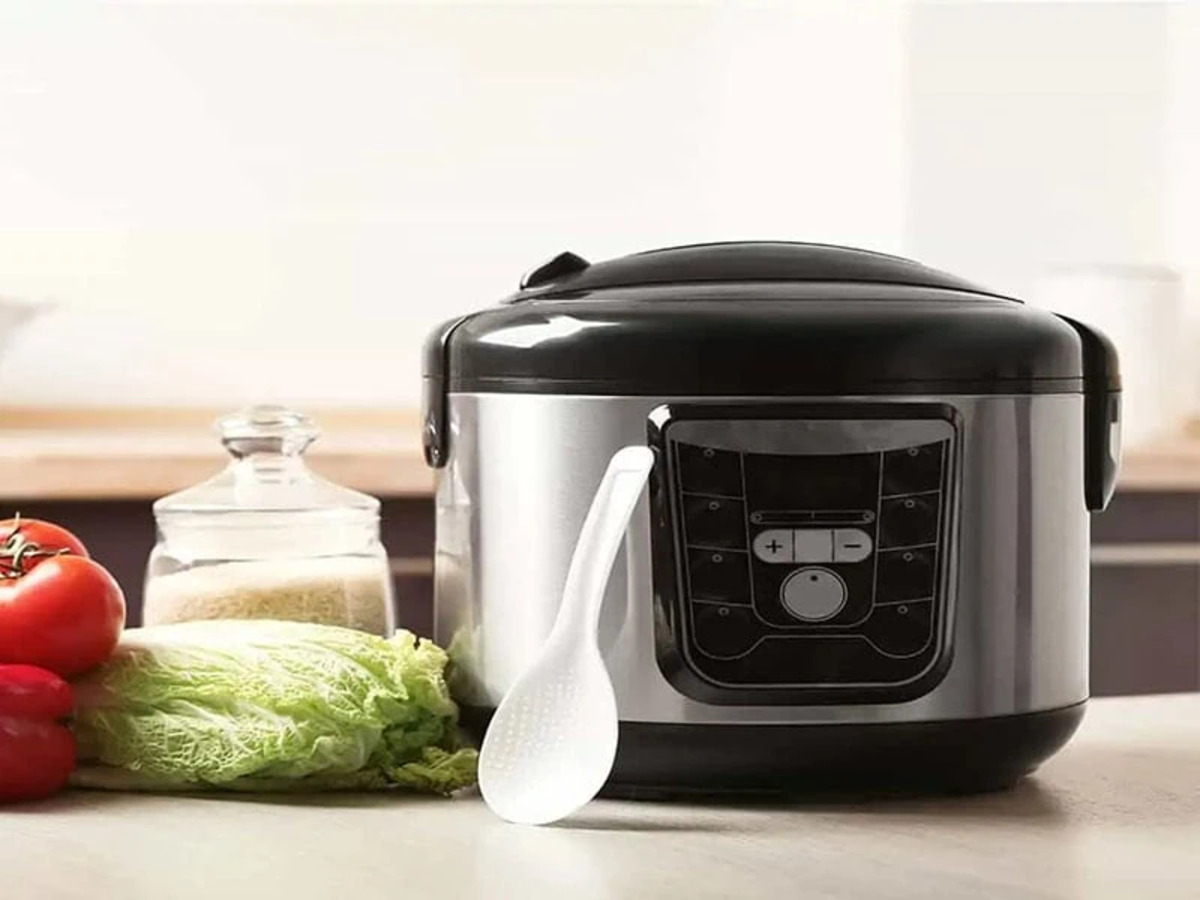

0 thoughts on “How To Cook Porridge In A Rice Cooker”